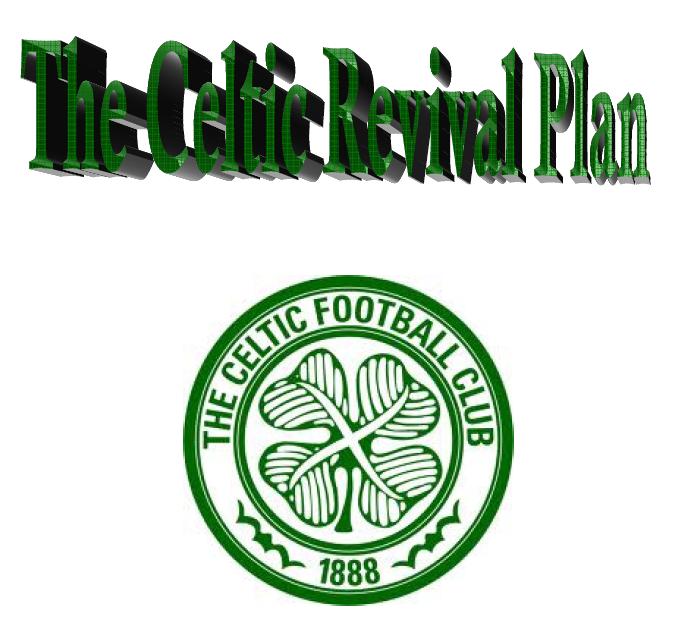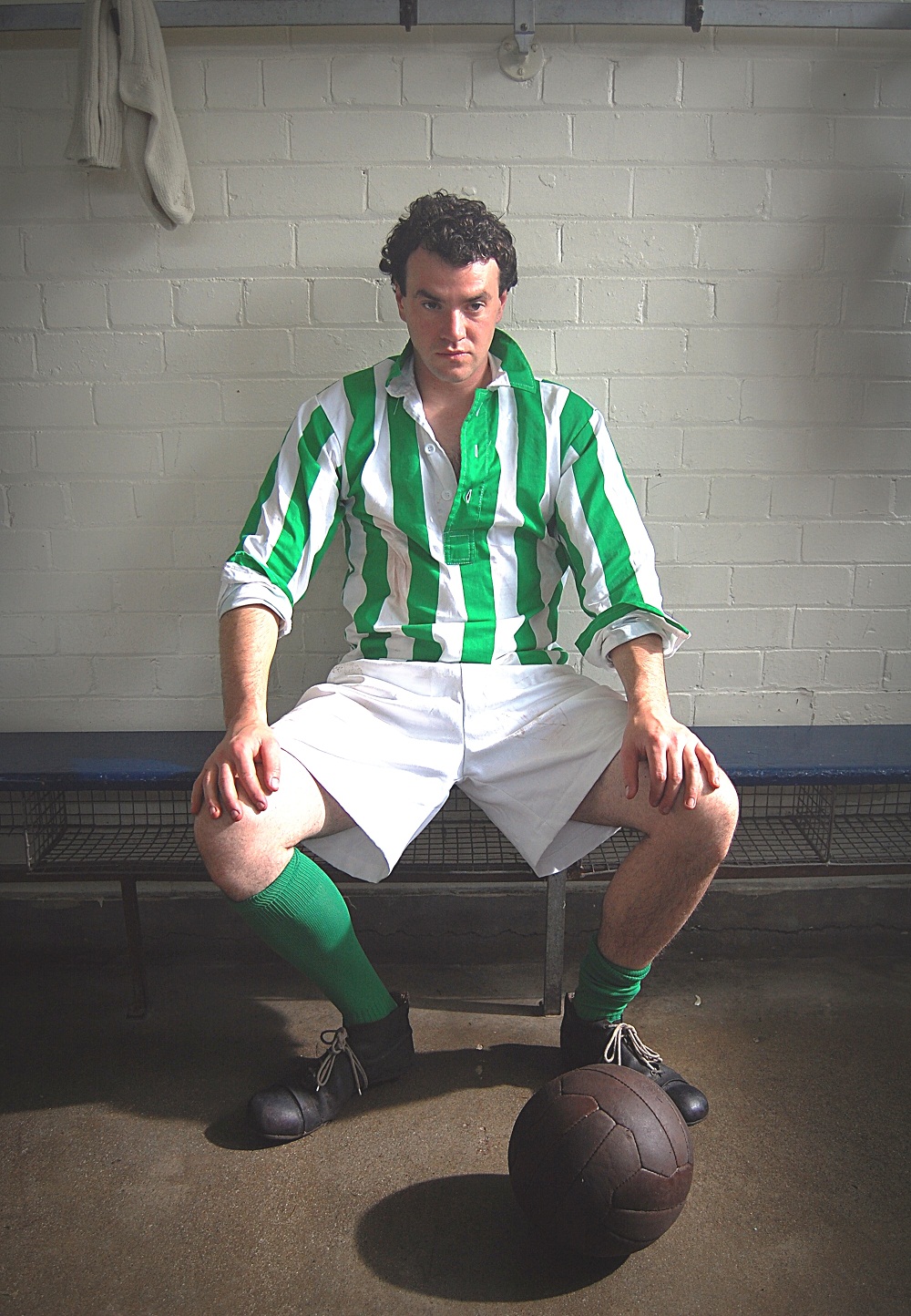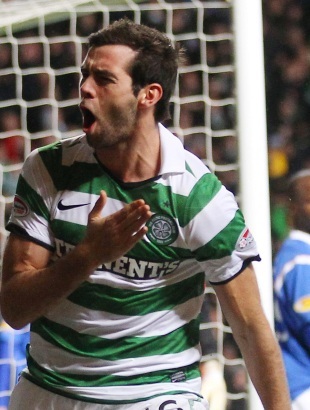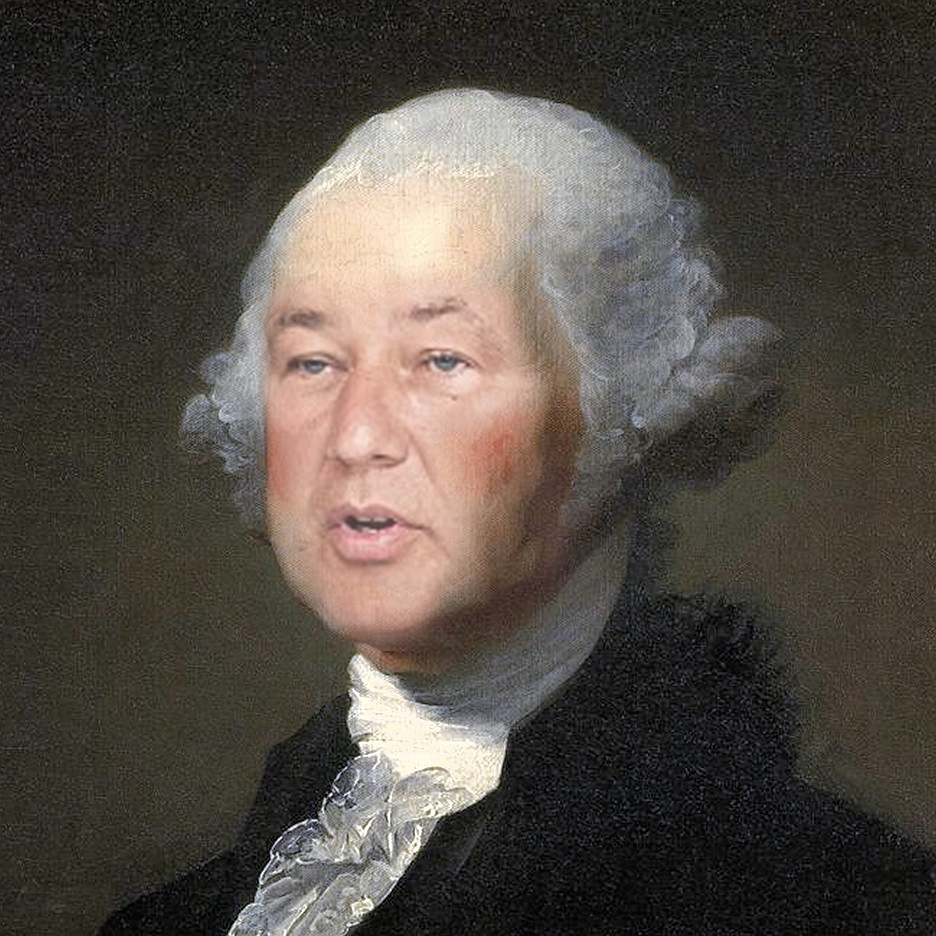Step 1: Formulation of a roadmap and strategy that people understand, can deliver in reality and get behind.
This is really the corporate strategy of Celtic. The fans, season book holders and shareholders are the club and deserve to have a full and detailed understanding of the clubs 1, 5 and 10 plus year targets. I appreciate that we cannot be provided with every minute detail that may jeopardise strategic commercial agreements or transfer policies, but a roadmap so that we understand the ethos of the management of the club. That is what this document attempts to do and people at the club may shake their heads when reading and say this is all in place.
If it is tell us! But I suspect most of it is not. We have an understanding of some of our policies such as buy young and sell on, but we really need a bit more information than that.
Step 2 – Peter Lawwell leave the club
The points itemised are not personal, they are business decisions necessary to drive the club forward. I do not know PL personally but I believe we need a complete overhaul of the executive board (limited as it is). As a consequence PL would have to leave. He has done an excellent job in many ways, fulfilling the obvious direction from the club’s majority shareholder but I believe a new structure is required and a £3/4m salaried CEO is not part of that.
Step 3 – Appoint new CEO earning circa in line with market and above Scottish average for similar sized company – £300k
As Neil McCallum has highlighted on this site, we have a highly paid CEO, but is he overpaid. The average salary for a CEO of a FTSE listed company with turnover between £25m – £100m is £250,000. The explanation for this wage is that it is necessary to prevent our highly prized executive from being poached by a Premiership club. But we wouldn’t do that for a player!
The most important employees at our club are in the football division. We are consistently told that we cannot try and compete with the EPL for player wages, and I agree. So why are we allegedly doing this with executive wages? Especially in the current climate, there are many highly skilled individuals who could take on this role at a third of PL’s salary.
Step 4 – Appoint more exec directors to bring fresh mgt thinking (no extra cost as you’ve just saved £400k on CEO salary)
When I tweeted this on the night, someone understandably commented that the last thing we need is more suits and whilst the football division must always be the priority, getting the right structure off the park will assist the club achieve this goal. At present we only have two executive directors, a ridiculously low amount for a business with our turnover and I suspect this in part explains the need to have such a well paid CEO.
I do not have any dealings with PL, but I know he is passionate about our club being a success. I also have heard from a variety of people, former colleagues unconnected with Celtic and others at the club, that PL has a fantastic eye for detail. The downside of this appears to be an executive who gets too easily bogged down in micro managing every aspect of the business. One the best pieces of advice I was every given was that every business needs someone like that – just never as a number 1.
The biggest challenge to any company operating in a small business environment is to continually bring new ideas and new thinking and this would be the most obvious benefit of a change. We heard directly from Tony Hamilton on the Lost Bhoys podcast who small the media division is at Celtic Park and regular listeners to the podcast will know how much we believe this division needs to be developed. With such a disparate support how can we maximise commercial income if the part of the business best placed to reach those supporters is so under resourced?
A definitive outline of the executive board cannot be arrived at from those of us looking in from behind the glass barriers but from my knowledge of the club I would have the following;
- Director of the Football Division
- Financial Director
- Commercial Director (responsible for multi-media as well as sales & marketing)
- Chief Executive Officer.
This is still not a massive number of executives, but it is double what we currently have. Also in this model the CEO would have more time to take a strategic overview. You never know, we might then enter into commercial contracts which provide more than a NET increase of £500k on what we already had (!)
Step 5 – Appoint a Director of Football
The eagle eyed among you will have noticed a DoF role above, a position commonplace through out Europe but something as frowned upon in the UK as a Keeper punching a cross. In Britain we have been used to iron fisted managers who controlled every aspect of the football club. But times are different and such managers are few and far between and that Stein/Clough like figure who runs everything at the football club is now pretty much of a bygone age. It is stating the obvious to say that the business of Celtic is football, yet we do not have an executive on the board whose sole remit is control and management of the football division. In what other industry would appointing such an individual be perceived as odd?
Over the past few years we have seen an overhaul of the management, coaching and playing staff on at least three occasions – what a complete waste of money. It is the way of modern football that failing managers are quickly dispensed with. It is therefore essential to have some steadying overriding person who is responsible for maintaining the football ethos of the club. Moreover in this modern world where failure means dismissal, managers are unlikely to take any worthwhile long term strategic view of the football division as a whole.
In the current set up we have a de facto DoF in Lawwell, but he wouldn’t fulfil my criteria for such a role. Also by creating this position it covers one of the other points detailed later – clear lines of authority.
DoF should be in charge of every aspect of the football division, ensuring that the ethos of how the club play football should be the same from under 9 through to first team. It would be perhaps the most important strategic appointment at the club. They would need an understanding of the business of football but MUST be a football person. Perhaps the biggest challenge would be the Scottish press getting their head around this person NOT having any input into the day to day running of the first team but having a strategic overview. Oh and it wouldn’t be a Jock Brown type either! Perhaps this role would be best filled by a foreign DoF e.g. Josef Venglos or if going for someone who understands the club it would be better someone who has never been a manager such as Brian McLair or Paul McStay.
Step 6 – DoF to publish strategic review of our European travel failures
For MOST of my life as a Celtic fan defeat abroad has been the norm. Just changing players and managers has not changed the result. One of the first tasks of the DoF would be to undertake a route and branch review of our football strategy and implement a policy aimed at providing a constancy of outcome in our European campaigns. We should have Champions League 3rd place or EL group top 2 positions as the norm.
Step 7 -D of F to publish strategy detailing how 50% of first team squad will be self generated in 8 yrs
McGeady and Forrest have been examples of what our system can produce but we should be looking for 50% of the first team squad to be self generated. Whilst undertaking the review in step 5, a strategy must set out our plan to achieve the targets above with at least 50% self generated. If we already have such a strategy, it’s not working! And if it’s just been put in place and Next Gen is part of that – one of the next points, transparent strategies for the fans please.
Step 8 – Reduction in wage bill from £35m. Re-allocation of assets into stronger youth setup.
The recent article from Mark Cooper on the site illustrated that in recent times our squad has been over paid whilst under delivering. Porto have achieved more on a lower budget, and this season in Europe demonstrated that Celtic (with Sion) and Rangers (twice) were beaten over two legs by teams with wage bills considerably less than ours. A self generated squad would lead to lower wage bill and free up money to be spent on a couple of key, experienced players and also release capital revenue for other aspects of this plan, such as youth development.
Step 9 – DoF to create a world wide scouting network
I appreciate that the UK DOES have different work permit rules to the rest of Europe, but our obsessions with England and the Championship has led to the over paid and under producing squads outlined above. Our own youth set up should dovetail with the scouting network to unearth young talent everywhere and once in a while find another Izaguerre.
Step 10 – Greater transparency from Celtic Plc and really listen at AGM. Build dialogue, engagement and trust.
Now that we have a new structure in place it’s time to start a new dialogue with the fans. Celtic are more than a football club. This ethos that was set in our formation is sometimes forgotten. If we are to continue as a PLC (see below) that a new partnership must exist between the board and the fans. As we saw last season, the club united as one family as never stronger.
Two further steps are required to deliver this spirit of co-operation:
Step 11 – A Celtic Communications dept and PR office that embraces digital media and new technology. Not push agenda.
Earlier I identified the need for a commercial and marketing director. Regular listeners to the CU podcast will know that this is a real bug bear of ours. The piece is long enough so I will not bore you here; suffice to say that the number of people involved in this division is greatly inferior to the increasing importance to customer interaction required in the modern world. No wonder we’re left in the dark about our club when this division is so under resourced. A lot of the detail above cannot be achieved without improvement here.
It was a terrible mistake to allow for the failure of Setanta to allow for Celtic TV to be taken off the Sky platform. Building your commercial division is about keeping dialogue with the fans. In the current world that means using as many media avenues as possible – Internet, Facebook, TV, Twitter, email, post and newspaper adverts to name a few.
Step 12 – Honest & transparent report on DD’s role at Celtic
People have mixed views on whether Dermott Desmond is good, bad or indifferent to our club, but for a non-executive director who never attends more than one board meeting per year and who owns only about 1/3rd of the club he has a massive say in how it’s run.
In business meetings in USA or mainland Europe I am told that DD is often introduced as the “owner of Celtic Football Club.” In the process of pulling this together one of the contributors spoke with a leading financial institution who stated that they would consider Celtic a private limited company, such is the control of DD.
It has become accepted among fans that Dermott runs the club and decision makers defer to his opinion, yet I state again, he only owns a third/ He’s a non-exec director and shouldn’t be running the club, as explained on wiki;
Non-executive directors have responsibilities in the following areas, according to the Higgs Report, commissioned by the British Government and published in 2003:[1][2]
- Strategy: Non-executive directors should constructively challenge and contribute to the development of strategy.
- Performance: Non-executive directors should scrutinise the performance of management in meeting agreed goals and objectives and monitoring, and where necessary removing, senior management and in succession planning.
- Risk: Non-executive directors should satisfy themselves that financial information is accurate and that financial controls and systems of risk management are robust and defensible.
- People: Non-executive directors are responsible for determining appropriate levels of remuneration of executive directors and have a prime role in appointing, and where necessary removing, senior management and in succession planning.
We need an explanation as to what authority DD exerts over the decision makers at the club. The courtesy of attending the odd AGM or two would be a start!
Step 13 – Lobbying of Sky TV, ESPN for fairer distribution of TV money and working with other SPL clubs for a better league structure
As part of the points above we should ONLY be focussed upon creating a product that the majority of paying customers at Celtic want. This past week has shown the worst that football on TV produces with a 6pm EL kick off time. I am lucky and can accommodate this. For thousands of fans, attending on Thursday night was a non-starter.
Domestically there is the TV deal and league structure. It dismayed me that we were in favour of a top 10 last season, a size of league 86% of Scottish fans don’t want. We are also half of the reason TV invests in Scotland, but as a proportion of our revenue, TV is poor. We therefore have the unusual luxury of being able to be more militant about demanding a better deal for the fans. Most importantly than that, a proper league structure and decent TV deal which organises things to suit the fans who pay to attend will only help the clubs – how much better is our atmosphere when we play at the same time as Rangers?
Step 14 – Complete overhaul of Celtic Park facilities to improve stadium generated revenues.
Another big irritation of mine is the fact that we have virtually stood still since Fergus implemented his plans for Celtic Park. I have written on the site before (and so won’t bore you) about how every game at Celtic Park needs to be turned into an “event”, anyone who has attended test match cricket will know what I’m talking about – we need to get as much going on around Celtic Park on match days to get people early and spending their money on Celtic things.
I have for a long time advocated some simple refreshment stands outside the ground – basically one big shed with a long serving counter and cover, with screens at one side showing games. People are hanging about in town before games so why not give them a reason to get along to Celtic Park and spend money there. In the summer I went past Eastlands and noticed that they had the very same thing. Very simple and relatively cheap.
I also don’t understand why there is not more around CP to get the fans there on the 13 days between home games. I recently met a business colleague at CP prior to moving on to the meeting in one car. Afterwards we searched around for an appropriate place for a de-brief. As two Celtic fans, we would have been delighted to have a meeting in the Celtic “Legends Coffee Shop” but it’s not there.
As I have said earlier, this article is long enough and designed as an outline – I could go on and on with this section but I’m sure you get the point.
Step 15 – A Fan owned club through a membership scheme
All of the above a doable by the current board, but there is one thing which I think is imperative but would require those fans who want it to happen to stand up and be counted – For Celtic fans, existing shareholders big and small AND the current board to work together to achieve a remarkable common aim. It would need very robust systems and processes to ensure that only appropriate individuals are running the club after change over, but I believe it could be done.
Celtic were founded for charitable reasons in 1888 to be a club of and for the deprived communities of Glasgow’s East End. Over time this changed and for the best part of 100 years they were within the ownership of a small group of families. By our centenary season, many people saw the need to change that and in 1994 Fergus McCann facilitated the mass ownership of Celtic. Under the stewardship of the PLC board, that mass ownership by the fans transformed our club like no other in Britain. Over 29,000 of us now own a stake in the club.
1994 saw the beginning of Celtic returning to the position where it was owned by all of the community. Since then the PLC structure has allowed mass ownership to develop whilst ensuring the financial stability of the club.
2003 gave a glimpse of how big Celtic are. Seville saw the greatest movement of people across Europe since the Second World War. We want to harness that Celtic Diaspora; build on the foundations first laid by Fergus McCann and put Celtic first among teams in Britain and right up at the top table in Europe. We want to lead the way and let the world’s greatest football club become the world’s most democratic football club owned and run by the fans.
A community club owned by the world’s greatest footballing community – the Celtic fans.
My financial model (which I will not go into here) would require 50,000 members paying circa £120 pa. Not sure – well look at Benfica;
The Benfica System
In May 2004, Benfica’s membership was c.95,000 and the club had dwindling attendances. At that time, an aggressive marketing campaign was launched to raise it to 200,000. On 30 September 2009, Benfica announced that it had reached the 200,000 mark for paid-up members. Membership is €12.00 per month (€144 per annum) and is treated as something of some importance. It is commonplace for parents to subscribe for their children (boys and girls) when they are born. After 25 years membership, the member receives a silver eagle (the eagle being the club symbol) and significantly enhanced voting rights over other members. After 50 years, the member receives a gold eagle and even greater voting rights (c.10 votes versus 1 vote for an ordinary member). A decent season ticket is priced at c.€300 per season and is additional to the membership subscription.
The dramatic increase in membership has been mirrored by a significant rise in match attendance. Prior to the membership drive, home attendances could be as low as 20,000-25,000. Now home matches are never less than 40,000 to 45,000 – the stadium having a capacity of just over 65,000.
The Club has now set targets to increase membership to levels of 250,000 and 300,000 over time – this in a country of only 10.7m people and with major rival clubs such as Oporto, Sporting Lisbon and Braga. The City of Lisbon’s population is 481,000.
The big thing for me is the change of ownership to a membership scheme – one person one vote and that requires a lot of work. Have it ready for our 125th Anniversary in 3 years time?
I apologise for the length of this piece, but what we need to do doesn’t come in a few sentences, indeed above is a summary and by no means exhaustive. I would like to thank Neil McCallum, Michael Dolan and Eddie Pearson for their input. Others have also given input into the membership scheme and for now I will just thank you to people who know who they are.
Any comments on twitter @harrybradycu or @celticrumours or below would be greatly welcomed, but as stated at the start it’s easy to be critical. Constructive comment is what the club needs now.





